Building an online presence should be a marketing priority for any business – if you want to begin building your business online, you first need to grow your brand by creating a social media strategy. Creating and maintaining an online presence builds recognition but more importantly, starts a two-way dialog with your customers.
Source: artprize.org via Gayle on Pinterest
Before creating a detailed social media strategy, remember one simple statement —you can’t measure if you don’t plan. Planning your social media strategy through achievable, agreed upon, goals and measurable objectives will help determine your success and highlight areas that may need improvement. Where to begin? Start with the basics:
Identify
Social Media has done the impossible – it has given us the ability to quickly reach even the most specific target audiences. Before you begin creating content for any Social Media platform, you must first identify your target audience but it still requires effort on your part. Knowing your target audience make clear the type of content your customers want and that will be used on your Social Media platforms.
Source: Uploaded by user via Smart on Pinterest
Identifying your target audience also goes hand-in-hand with deciding the tone of voice and direction you can take on social media platforms. The voice should be that of your product service – will it be authoritative and direct? Entertaining and fun? Or inspiring and community building? Whatever your voice is, your target audience should directly correlate your tone with your brand. And more importantly, you should always, always be authentic. In doing so, you’ll build trust with your customers and they will want to further invest their time into your brand. Your ultimate goal should be to create “brand loyalists.” Once you’ve identified these core issues it’s time to…
Listen
Every successful social media strategy must start with a “listening phase.” This phase should last approximately two to three months and happen before you begin any social media efforts. During this phase, you’ll discover who is talking about your brand, what are they saying and where are they saying it. Why is this important? By listening and identifying what customers are saying about your brand, and even about your competitors, it will help gain understanding of their needs and wants – and in the long-run – strengthen your relationship with them. Identifying the conversations that customers are having – and figuring out what is important to them – it helps you develop targeted content to drive sales and encourage further consumer engagement.
There are many free ways to “listen”. Basic search engines will only take you so far – try setting up Google Alerts and try using the Technorati blog search or Twitter/Facebook searches. Using a system such as Tweetbeep will allow you to monitor conversations that mention your business with minimal cost. There are also services like Meltwater Buzz or Radian 6 that require some financial commitment, but will essentially do the listening for you. It’s important to note that while you’re listening, don’t just search for your companies name; try searching for keywords or phrases that are associated with your business, your brand and even your competitors.
Overall, listening will tells you what the customers actually wants—not just what you think they want. Although the listening phase should begin at the start of your social media strategy, never stop listening! It is the key to the success of any social media strategy.
Develop
You’ve identified and listened to your audience – now it’s time to develop your strategy. There are a few key ingredients to any effective social media strategy – identifying your core team, creating policies, (who has the ability to post and on what levels must be established upfront), determining your goals and measurable objectives and devising a plan for content.
Source: imgfave.com via Elaine on Pinterest
First identify you’re team. Your team should know their roles and what they’ll be contributing. Social Media Policies should be created for every business – if you think you don’t need one, think again. Just as you have an employee code of conduct for the workplace, one must be established for your company’s digital presence. This is something we could write, however, we always suggest running the final policy by your legal representative.
As mentioned above, determining your goals and measurable objectives is vital to any social media strategy. It’s important to note that goals and objectives are two separate items. For example, your goal could be to increase your company’s brand awareness through social media. The objective – or result – would need to be a measurable factor such as establishing a Facebook page and getting 100 fans within 1 month, or increasing your blog traffic by 20% within 6 months. Establish and measure both. Continue to monitor and adjust as needed.
Content is key! Through listening to and establishing your target audience and tone of voice – creating a content plan shouldn’t be as daunting. For example, we recently developed a social media plan for a staffing agency – through listening and determining their target audience, we decided their content should include general information about their company including locations, contact information etc., job postings, blog posts, and candidate. We also included general news about the job market and industry trends that the company specializes in. Posting information such as new office locations, employee announcements and holidays messages should also be included and will “humanize” and authenticate the business. Action-oriented content is also key. By a hosting contest, offering promotions, and asking questions, customers will engage more in your conversation. Engagement is the key.
Establishing a Presence
Once you’ve developed your social media plan, you’ll need to create and setup your social media platforms – start a blog, create a Facebook page, Twitter account, or Linkedin Profile (we advise a mix depending on your business or service). It’s important to keep your target audience in mind when you’re building these platforms and always be focusing on your goal and objectives.
Once you’ve decided upon the type of content you’d like to include on your social media platform, developing a content calendar is a great way to stay on track. We rely on them! Mapping content out in advance – on a weekly or monthly basis – will help you provide a consistent, strategically planned stream of information that will engage your target audience. Consistency is so important in any social media platform – staying consistent will help you stay relevant. Some of our clients retain us to help them plan and provide content so decide if you need help or have the staff power to stay relevant and consistent. If not, you either need to re-evaluate your goals and scale back, or get help from your marketing communications agency.
Source: radian6.com via Aaron on Pinterest
Actively Engage
Be sure the content you are using is actively engaging the consumer. Always leave your target audience wanting to come back for more. Don’t post items they can already get on their website – give them a reason to click on your social media site – and stay on it. The rewards are many!
~Allyson








